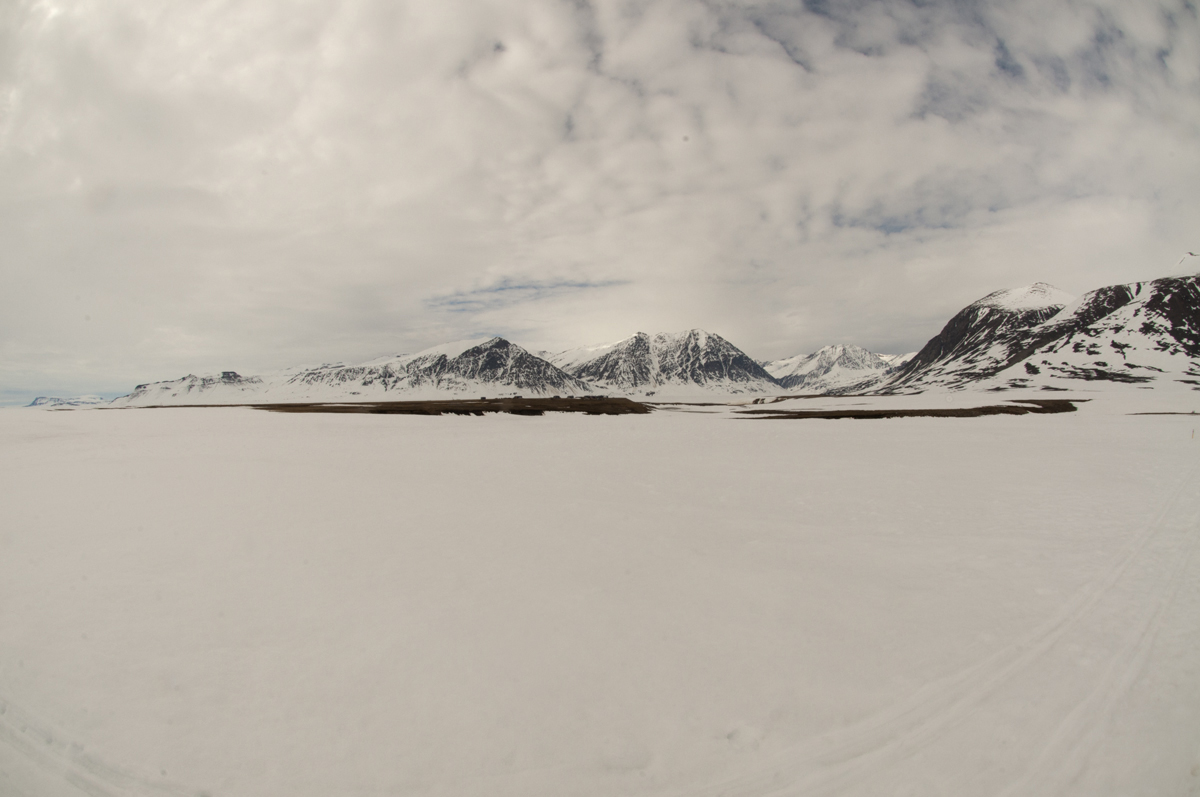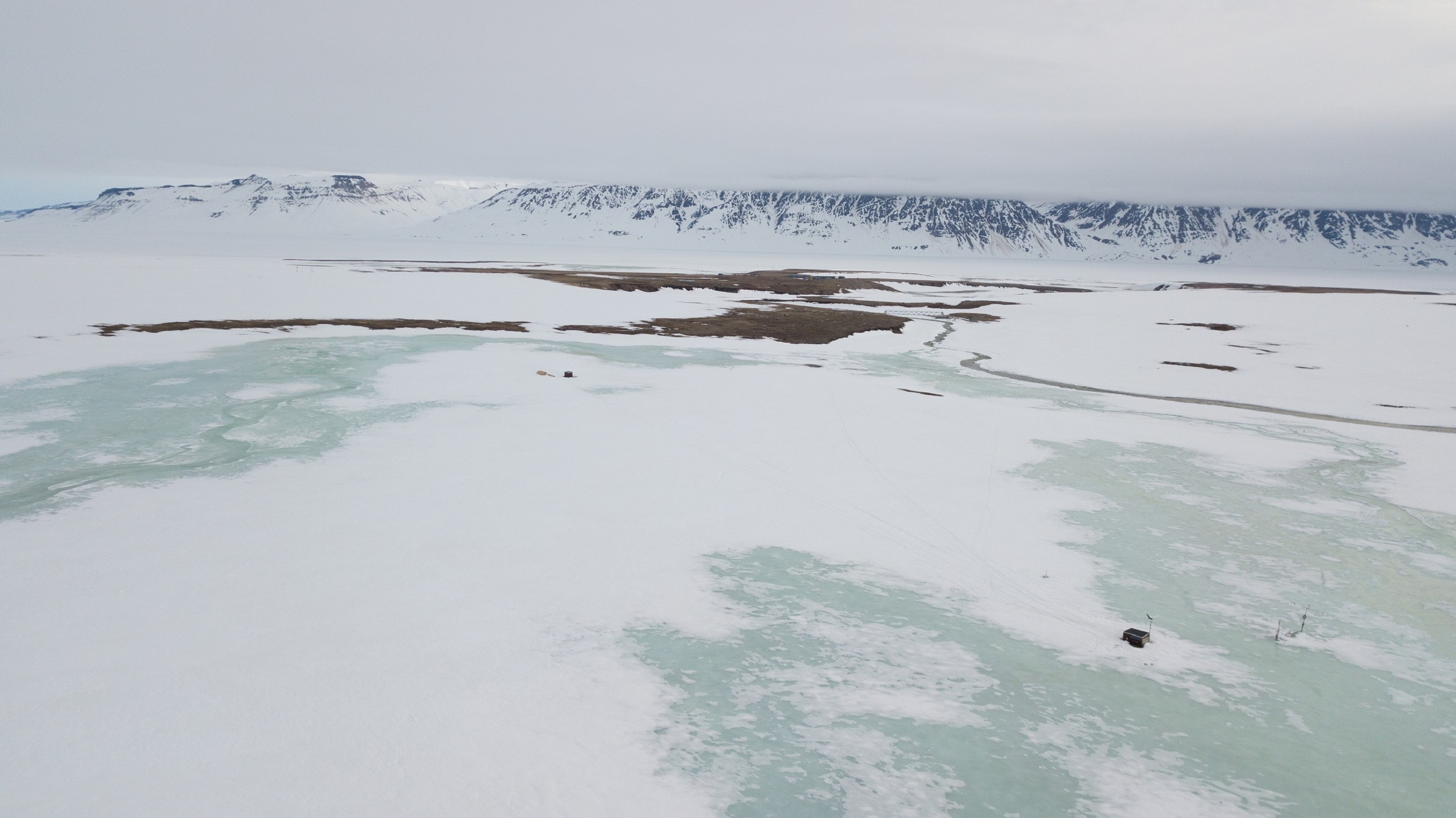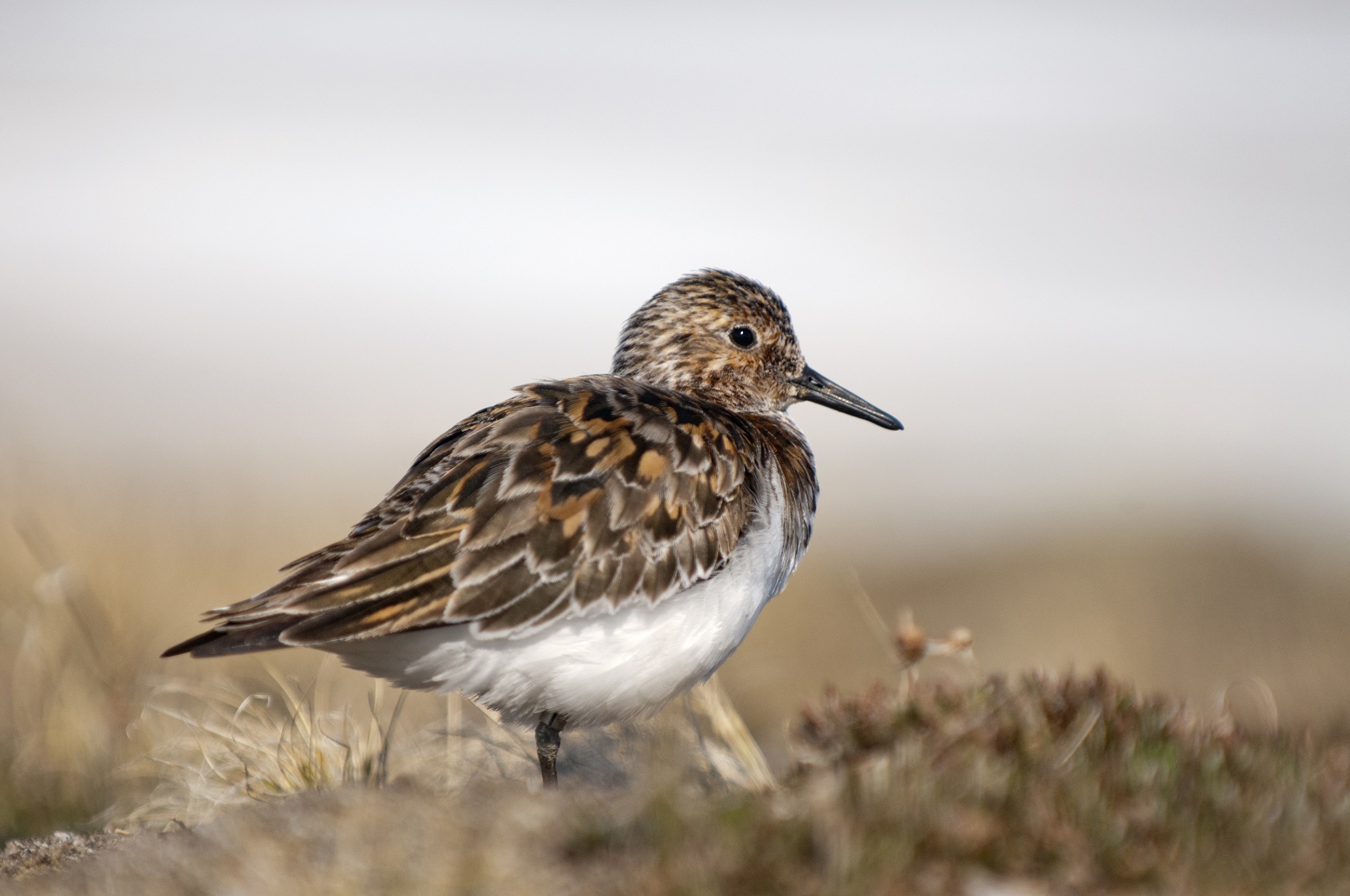Climate change upsets reproduction in Arctic ecosystem
Climate change is more than ‘just’ warming. It also means increasing variation in weather conditions and greater extremes. The consequences of these changes for ecosystems at high latitudes became clear in the summers of 2018 and 2019. In the summer of 2018, the North Pole tundra was covered by unusually large amounts of snow, as a result of which all plant and animal species, large and small, had great trouble reproducing. A new study by Danish, Dutch and Finnish ecologists and climatologists, including UG researcher Jeroen Reneerkens, documented this phenomenon. And in contrast to the abundance of snow in 2018, last summer saw virtually no snow.
The Arctic is home to a varied, specialized group of organisms that are adapted to life under extreme circumstances. However, climate change is strongly affecting the area. Increasing temperatures and withdrawal of glaciers and sea ice are clearly visible and measurable over a longer period of time. At the same time, weather variations and the risk of extreme weather conditions are also increasing. The physical consequences of the long-term effects of climate change have been well documented. However, while chances of severe weather events are on the increase, virtually nothing is known about the influence of extreme weather conditions on the world’s northernmost ecosystems.


A thick blanket of snow
In the summer of 2018, East Siberia, Alaska, North Canada and particularly Greenland were covered under an extremely large amount of snow that took a very long time to melt. This gave researchers in Zackenberg, Northeast Greenland, a rare opportunity to document the consequences of extreme weather conditions. The researchers had been studying various aspects of the ecosystem at this site for over 20 years and were now able to compare life in an extremely snow-rich year like 2018 to more ‘normal’ years.
The amounts of snow in 2018 resulted in the most complete reproductive failure ever documented. Only a few animals and plants were able to reproduce due to the abundant and late melting snow, and those that did manage to reproduce did so much later in the season than usual. Although it is not unique for individual species to skip a summer in their reproductive patterns, reproductive failure at a scale as large as this in both plants and animals was previously unheard of.
The future
‘One lost breeding season is not necessarily a problem for Arctic animal and plant species’, says Dr Jeroen Reneerkens, one of the authors of the publication. ‘What worries us is that 2018 gave us a glimpse of the future of this ecosystem. An increase in frequency of years with extreme weather conditions will cause Arctic flora and fauna to reach their limits and in some cases even cross them. Our study shows that climate change is more than ‘just’ warming and that ecosystems are seriously affected by what are currently still rare weather events. In addition, it also proves the great value of long-term observations in the polar regions. The only way to find out what damage climate change can cause is by studying the most important aspects of the ecosystem year after year after year.’

Sanderlings
Reneerkens has been studying birds in Zackenberg since 2007, particularly sanderlings, which can also be found in the Netherlands in winter. ‘It was remarkably quiet in the area in 2018. Whereas normally you would hear lots of birdsong in June, those few birds present now flocked together in small groups on the scarce snow-free spots around the research station. The abundance of snow meant that there was no room to nest, and the females were unable to produce eggs because they didn’t have enough to eat. The sanderlings were skin and bones and weighed 24% less than brooding birds in previous years. We found several dead birds on the tundra – starved to death. That was a sight we had never seen before.’
Extreme drought in 2019
In contrast to the abundance of snow in 2018, last summer saw virtually no snow in the Arctic. This resulted in an extremely dry tundra with dead plants, few insects and poorly growing bird chicks. ‘It is as if the ecosystem is being hurled from one extreme to the other’, says Reneerkens. ‘It is not difficult to imagine that climate change will strongly affect nature in the Arctic, and consequently also in other parts of the world, for example wading birds in the Netherlands.’
More news
-
15 September 2025
Successful visit to the UG by Rector of Institut Teknologi Bandung
